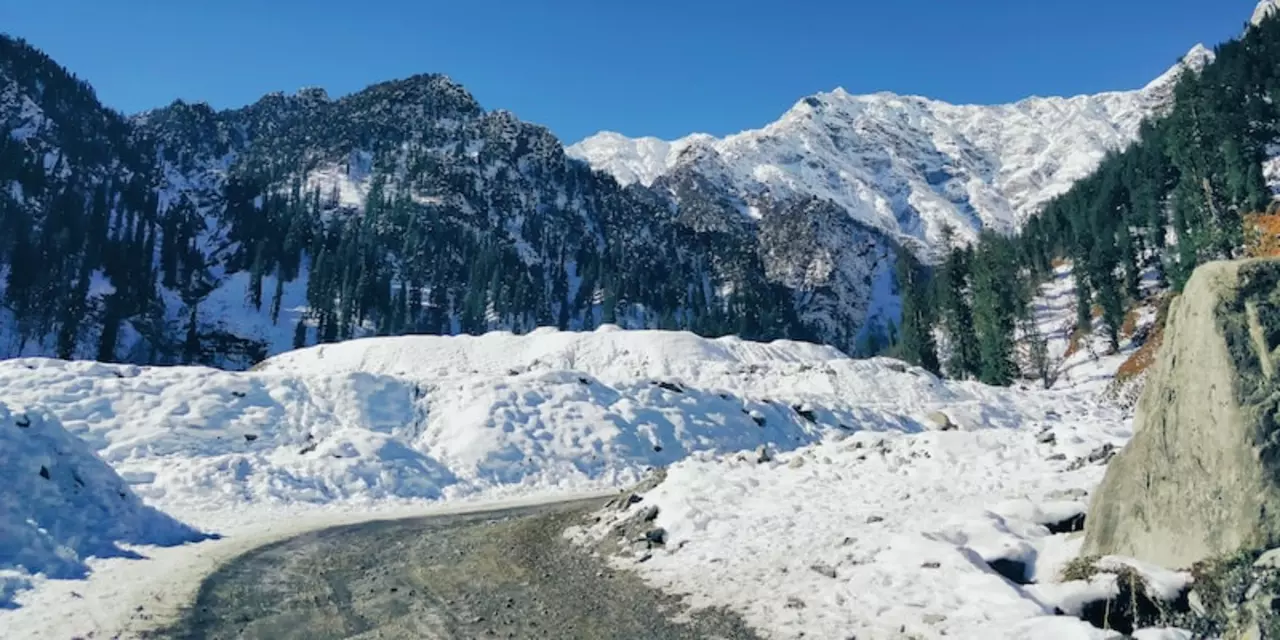Media Insights: Trends, Tools, and Tips for Today’s Digital World
Media moves fast, and if you’re not keeping up you’ll miss out on chances to reach your audience. Whether you’re a marketer, a sports fan, or just someone who likes to stay informed, understanding the key trends can make a big difference. In the next few minutes we’ll break down what’s happening across social platforms, how sports events get covered, and what simple steps you can take to make your own content shine.
Social Media Algorithms: What’s Changing
Platforms like Instagram keep tweaking the algorithm that decides which posts you see first. Recent studies from Hootsuite show that engagement (likes, comments, shares) still matters, but the timing and the type of content are now more important than ever. Short‑form videos, for example, get a higher reach than static images. That means if you’re posting a product update, consider turning it into a 15‑second reel instead of a plain photo.
Another shift is the rise of “meaningful interactions.” The algorithm rewards posts that spark genuine conversations, not just quick likes. So ask open‑ended questions, reply to comments, and encourage followers to share their own stories. This not only boosts visibility but also builds a community that keeps coming back.
Practical Tips to Make Your Content Stand Out
1. Know Your audience’s peak time. Use native insights to see when your followers are online and schedule posts for those windows. A post made at 8 pm when most users are scrolling will outperform one at 2 pm when many are at work.
2. Mix formats. Blend videos, carousel posts, and stories. A single topic can be broken into a teaser video, a carousel of key points, and a behind‑the‑scenes story. This keeps the feed fresh and gives the algorithm more ways to serve your content.
3. Leverage trending hashtags wisely. Pick 2‑3 relevant tags instead of stuffing 10 unrelated ones. It signals relevance to the platform and helps the right people discover you.
4. Show authenticity. Audiences can spot a sales pitch from a mile away. Share real experiences, mistakes, and lessons learned. When a life coach in Chennai talks about a client’s breakthrough, the personal touch makes the story relatable.
5. Monitor performance. Look at reach, clicks, and saves. If a sports post about the T20 World Cup final gets a lot of shares, replicate that style for future event coverage.
Beyond social platforms, traditional media still plays a role. Sports broadcasting, for instance, shapes public perception of events like the T20 World Cup. The way commentators frame a player’s performance can influence fan sentiment and even affect sponsorship deals. Brands that understand this bridge between live coverage and digital amplification can craft campaigns that ride the wave of real‑time excitement.
Airlines and government agencies also rely on media to shape their narrative. When Air India announced its profit turnaround, the story spread through news portals, podcasts, and social feeds, reinforcing the brand’s refreshed image. A clear, consistent message across all channels amplified the impact.
Finally, remember that media is a two‑way street. Listening to feedback, responding quickly, and adapting your strategy based on what works will keep you ahead of the curve. Whether you’re covering a historic speech, a cultural debate, or a new tech tool, the same principles apply: be timely, be genuine, and be ready to experiment.
So next time you plan a post, think about these tips, watch the algorithm’s cues, and make sure your content speaks to the people who matter. The media landscape won’t slow down, but with the right approach you can turn every trend into an opportunity.

